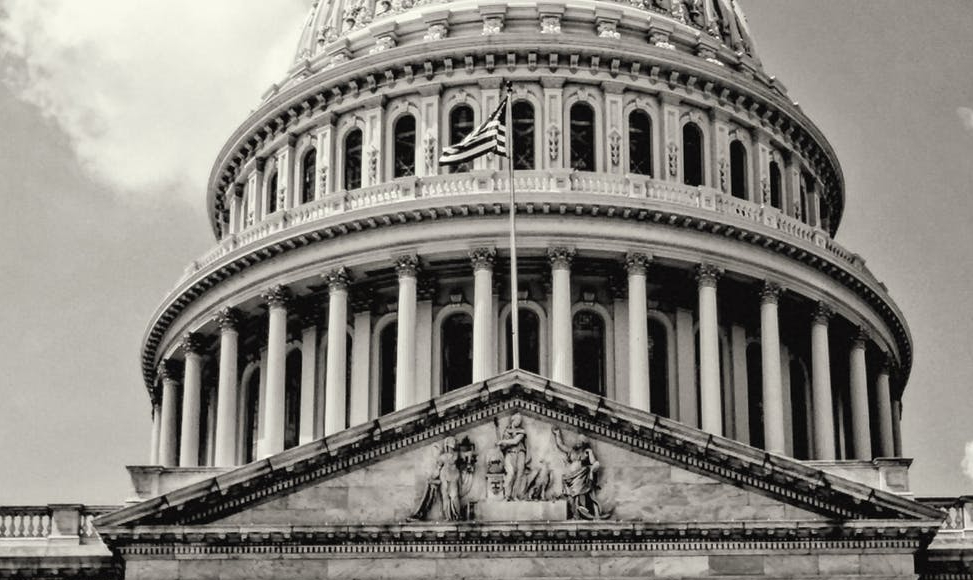
Time is running out for Democrats to resurrect parts of their Build Back Better agenda and pass a Democrats-only reconciliation package in time for the midterms, when they are almost certain to lose one or both houses of Congress. Democrats believe that if they don’t at least get a framework by Memorial Day it will be too late. Manchin has laid out his priorities: drug price reform, tax increases for the wealthy, deficit reduction – going so far as to say that half the revenue should go towards deficit reduction. He also wants the programs to be permanent, instead of having arbitrary sunsets. But as NBC News reported, if Democrats are waiting for him to write the bill they’re going to be left waiting.
Luckily there’s a way to meet all of Manchin’s demands within the framework of the original Build Back Better Act, and include extending the Obamacare subsides expanded under the American Rescue Plan – which Insider reported would run out right before the midterms if Democrats don’t act. Democrats are bad at politics but they can’t be that bad at politics, right? RIGHT!?
Anyway, in case Democrats are that bad at politics (they are) I’ve decided to write the bill for them. Here is my Build Back Better Bill: Manchin Style!
Build Back Better: Manchin Edition
- ACA subsidies: $428 billion
- Climate provisions: $570 billion
- Drug price reform: -$270 billion
- Tax increases and other revenue: -$1.705 trillion
Total Spending: $998 billion
Total Offsets: $1975 billion
Deficit Impact: -$977 billion
According to CBO estimates permanently expanding the Obamacare subsidies would cost $428 billion over ten years, while the climate provisions laid out in the Build Back Better Act added up to $570 billion. That’s $998 billion in spending over ten years, which can be more than offset with savings from prescription drug pricing reforms ($270 billion), tax increases and other revenue ($1705 billion). Approximately half of the revenue raised ($977 billion) would go towards deficit reduction while the other half ($998) would go towards healthcare, prescription drugs, and fighting climate change.
Left on the cutting room floor are things like affordable housing ($175 billion) and universal pre-k and childcare ($752 billion), though if Manchin eases off his demand that half the money go towards deficit reduction (not likely) they could be added back in and we’d still reduce the deficit by $50 billion over 10 years. Another option would be to include a scaled-down childcare and pre-k package. Politico has reported Democrats have been shopping around just such a package that would come in at about $200 billion. Were Democrats able to convince Manchin to go along with it we could have a bill that looks something like this:
Build Back Better: Manchin Plus
- ACA expansion: $428 billion
- Climate provisions: $570 billion
- Affordable Housing $175 billion
- Childcare and Pre-K $200 billion
- Drug price reform: -$270 billion
- Tax increases and other revenue: –$1705 billion
Total Spending: $1373 billion
Total Offsets: $1975 billion
Deficit Impact: -$602 billion
In this scenerio you would have $1373 billion in spending and $1975 billion in total offsets for a deficit reduction of $602 billion, meaning around 30% of the revenue would go towards deficit reduction. Would Manchin go for it? Probably not, but a boy can dream!


